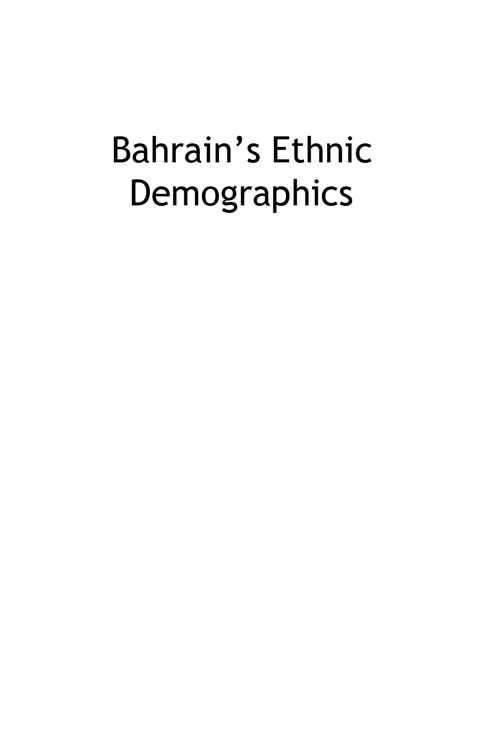
This serves to artificially bolster the electoral prospects of pro-government candidates, and more generally to maximize the size of the pro-government districts by cutting around mainly Shi'a-populated areas as far as possible (as seen, for example, in north Hamad Town, Isa Town, Manama, etc.). This is exactly why al-Wifaq only bothered to run 18 candidates in the 2010 elections: it knew based on the districts that it had no chance of winning anywhere outside of the purposely-designed "Shi'i" districts.
Assuming that any sort of "dialogue" process is still going to take place in Bahrain, therefore, one place to begin discussions would be the issue of electoral redistricting. Of course dialogue is difficult when the leaders of the interested parties (e.g., Ibrahim Sharif) are under arrest.
Update: It's now some months later, and al-Wifaq is planning to hold a rally tomorrow to demand "fair electoral districts."
No comments:
Post a Comment
Note: Only a member of this blog may post a comment.